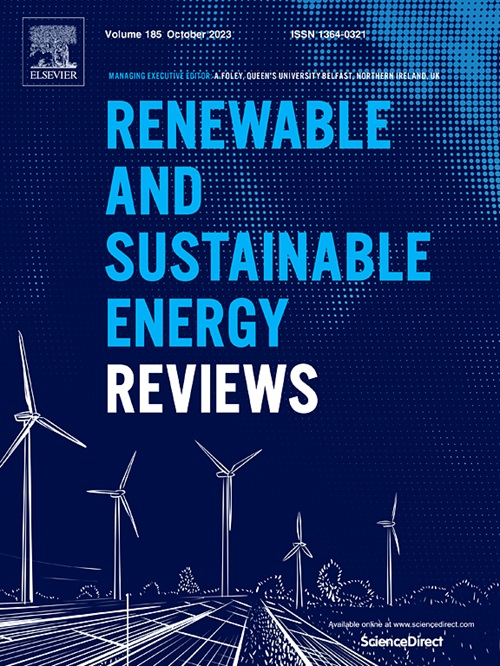机械加工中能源消耗的最新进展:挑战和趋势
IF 16.3
1区 工程技术
Q1 ENERGY & FUELS
引用次数: 0
摘要
传统的机械加工操作,如车削、钻孔、铣削、磨削等,消耗大量的能量,这取决于许多因素。这些因素包括切削参数的水平、冷却剂的使用及其类型(即水基或油基冷却剂、低温冷却剂、冷空气)、被加工材料的类型及其特性、尺寸和几何复杂性等。因此,确定有效的方法,以尽量减少能源消耗,在常规加工过程中是非常重要的。本文概述了能源消耗和能源效率的提高,在各种传统的加工过程中,体现的能源分析,从一次和二次消耗源。通过更好地控制一次和二次消耗源,使用更高效的加工辅助技术和设备,或通过对加工过程不同阶段的能源使用情况(包括基础设施和其他不太直接相关的因素所消耗的能源)的持续监测和控制,可以降低常规加工过程中的能源消耗。本文还介绍了制造业中使用现有和新兴技术的能源消耗和控制方面的挑战和未来趋势。本文章由计算机程序翻译,如有差异,请以英文原文为准。
State-of-the-art review of energy consumption in machining operations: Challenges and trends
Conventional machining operations such as turning, drilling, milling, grinding, etc. consume significant amounts of energy which can vary depending on many factors. Such factors include the levels of cutting parameters, the use of coolants and their types (i.e., water- or oil-based coolants, cryogenics, cold air), types of material being machined and its properties, and size and geometrical complexity, among others. Therefore, it is very important to determine effective ways to minimize energy consumption during conventional machining operations. This article provides an overview of energy consumption and improvement in energy efficiency in various conventional machining processes by an embodied energy analysis from primary and secondary consumption sources. The energy consumption in conventional machining processes can be reduced by better control of the primary and secondary consumption sources and by using more efficient machining-assisting technologies and equipment, or through the continuous monitoring and control of energy usage at different stages of the machining process including that consumed in infrastructure and other less directly related factors. The article also presents challenges and future trends regarding energy consumption and control using available and emerging techniques in the manufacturing industry.
求助全文
通过发布文献求助,成功后即可免费获取论文全文。
去求助
来源期刊

Renewable and Sustainable Energy Reviews
工程技术-能源与燃料
CiteScore
31.20
自引率
5.70%
发文量
1055
审稿时长
62 days
期刊介绍:
The mission of Renewable and Sustainable Energy Reviews is to disseminate the most compelling and pertinent critical insights in renewable and sustainable energy, fostering collaboration among the research community, private sector, and policy and decision makers. The journal aims to exchange challenges, solutions, innovative concepts, and technologies, contributing to sustainable development, the transition to a low-carbon future, and the attainment of emissions targets outlined by the United Nations Framework Convention on Climate Change.
Renewable and Sustainable Energy Reviews publishes a diverse range of content, including review papers, original research, case studies, and analyses of new technologies, all featuring a substantial review component such as critique, comparison, or analysis. Introducing a distinctive paper type, Expert Insights, the journal presents commissioned mini-reviews authored by field leaders, addressing topics of significant interest. Case studies undergo consideration only if they showcase the work's applicability to other regions or contribute valuable insights to the broader field of renewable and sustainable energy. Notably, a bibliographic or literature review lacking critical analysis is deemed unsuitable for publication.
 求助内容:
求助内容: 应助结果提醒方式:
应助结果提醒方式:


